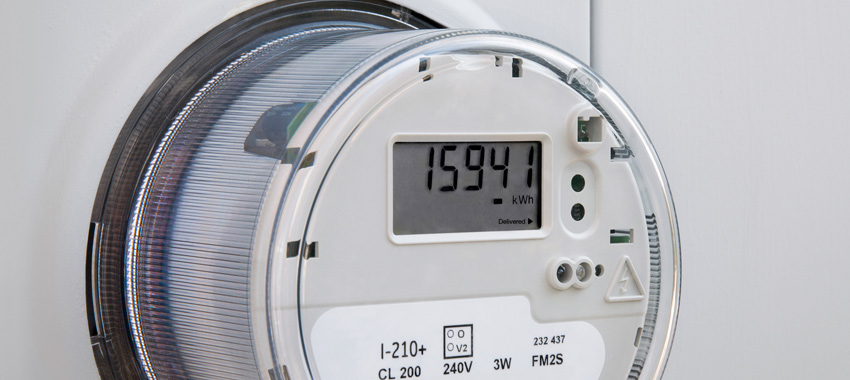When consumers make direct purchases of goods or services, the prices of these goods or services is generally made available or predetermined to the consumer beforehand. In case of a network industry the situation is slightly different. Electricity being a network industry, at the last point of the network, where the end consumer connects to the network is where the payment arises. However, to bring electricity to the doorstep of the consumer a set of extensive related activities needs to take place, which comprises of a sequence of nodes inter-connected into a network. Hence all the costs that incurred within the electricity network, need to be accounted for in determining the final price to be paid by the consumer. Following are the major component of the activities in the Network:
- Electricity Generation:
- Electricity Transmission:
- Electricity Distribution:
The cost of all industry activities is taken into account in determining electricity tariffs.
When the lectricity service provider themselves decide on the tariffs, there is a possibility that they may charge over and above the acutal incurred costs. On the other hand, if consumers are to decide on electricity tariffs, the tendency is to determine a proce lower than the actual costs incurred in the electricity, generation, transmission and distribution process. Therefore, tariff setting is a process which needs to be conducted in an independent manner. This is where regulation comes in to exsistence. It is the responsibility of the regulator to fix the electricity tariffs taking into account the interests of the consumer as well as the interest of the service provider.
Tariff is set by the relevant licensee in accordance with a cost reflective methodology approved by the Commission.
Permit the relevant licensee to recover all reasonable cost incurred in the carrying out of the activities authorized by its license on an efficient basis.
Be approved by the Commission in accordance with the policy guideline approved by the Cabinet of Ministers
Though the tariff sets by the license since they are more information rich than the regulator, it has to be done in line with the Tariffs methodology approved by the regulator.
The regulation does not always mean controlling of someone else behavior. Regulation is all about giving incentives to behave for the betterment of society. In case of tariffs setting, regulator is going to decide the amount of money required by the licensee to provide the good and services for customers. However, the business is managed by license and regulator is going to decide the prices. This is the puzzle that intend solve by the tariffs methodology. A similar analogy is given here to understand the tariffs determination.
Imagine a situation a school going child come and request some money from father. How could farther handle this situation. Sometimes father tend to figure out exacts needs of the child and calculate the exact amount of money that is required for child to maintain his/her living for a day. Other method is, farther can have a reasonable estimate on possible expenditures of a day and give that amount to the child. Let’s assume the farther decided to give Rs. 100 and then the child should decide the way in which the amount spend and maintain his/her living. Then next day when child request money farther would ask what you did for the money gave yesterday. Then child say I spend this much of money for food, transport etc, and I do have a balance of this much. Then farther would get the balance into his hand and again give Rs.100 to child for the second day. The proposed tariff setting which recommended in the tariffs methodology is almost equal to the operations between the child and farther, illustrated above.
The role played by the farther is equal to the role played by the regulator. In the above example Rs. 100 which is the cap of child revenue per day is arbitrary decide by the farther, in case of regulator such arbitrary decisions are not permitted however required revenue for the license need to be estimated in a methodical manner. In the tariffs methodology the allowed revenue estimation methods for transmission license and distribution licenses are recommended. Hence in tariffs approval process most critical event is to identify the prudent cost including a fair return on investment which could be charge from the Consumer. Tariffs rate design is in line with the Government Policy Objectives and based on the policy guidelines tariffs categories are being designed.




